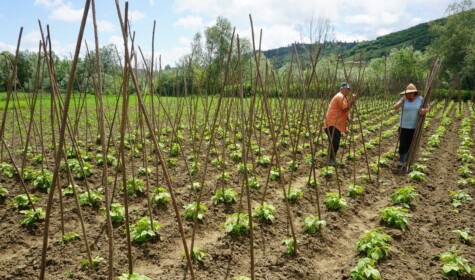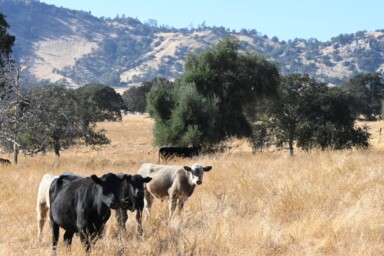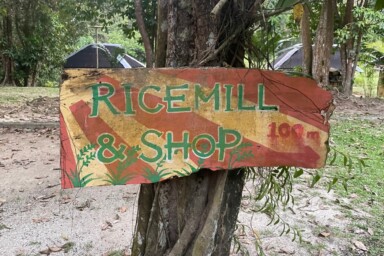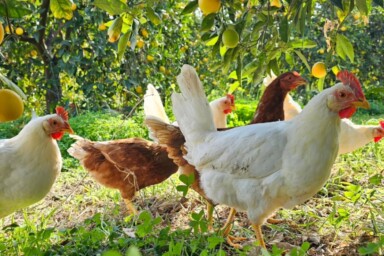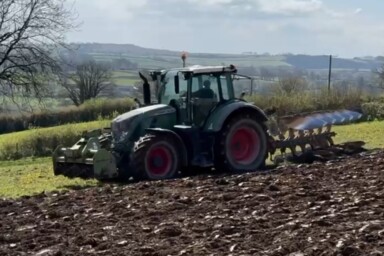When Albania emerged from Communist rule in 1990, collective farms were dismantled, heralding a move to a market economy. In many regions farmers began planting modern, imported cultivars. However, a tradition of small-scale vegetable production still flourishes. Seed detective Adam Alexander travels to the Korçë region to discover how regenerative horticulture is holding up.
It was a scene I had only ever dreamed about witnessing: an earthy quilted valley, no more than a quarter of a mile wide, filled with a mosaic of vegetables, surrounded by gently rolling hills of small wheat fields ablaze with poppies and cornflowers, the verges dotted with wild acacia – a tempting snack – and everywhere wildflowers and the heady perfume of thyme and oregano. I was just outside the village of Miras, deep in the Korçë District of southeast Albania.
My idea of heaven is the 100 hectares of cultivated ground that provide a livelihood for the 50 plus families who work the land in Miras and who produce more than enough food to feed the entire community of 600 families. I was there with Lavdosh Ferruni, Executive Director of The Organic Agricultural Association of Albania and an activist and passionate advocate for the conservation and celebration of Albanian food culture, and Dr Robert Damo, an agronomist and botanist who heads up the Faculty of Agriculture at the ‘Fan S. Noli’ university in Korçë. Robert has been researching, cataloguing, trialling and maintaining the great diversity of landraces that continue to be grown throughout the area, the last stronghold for locally adapted, genetically and organoleptically unique landraces of garden crops.
